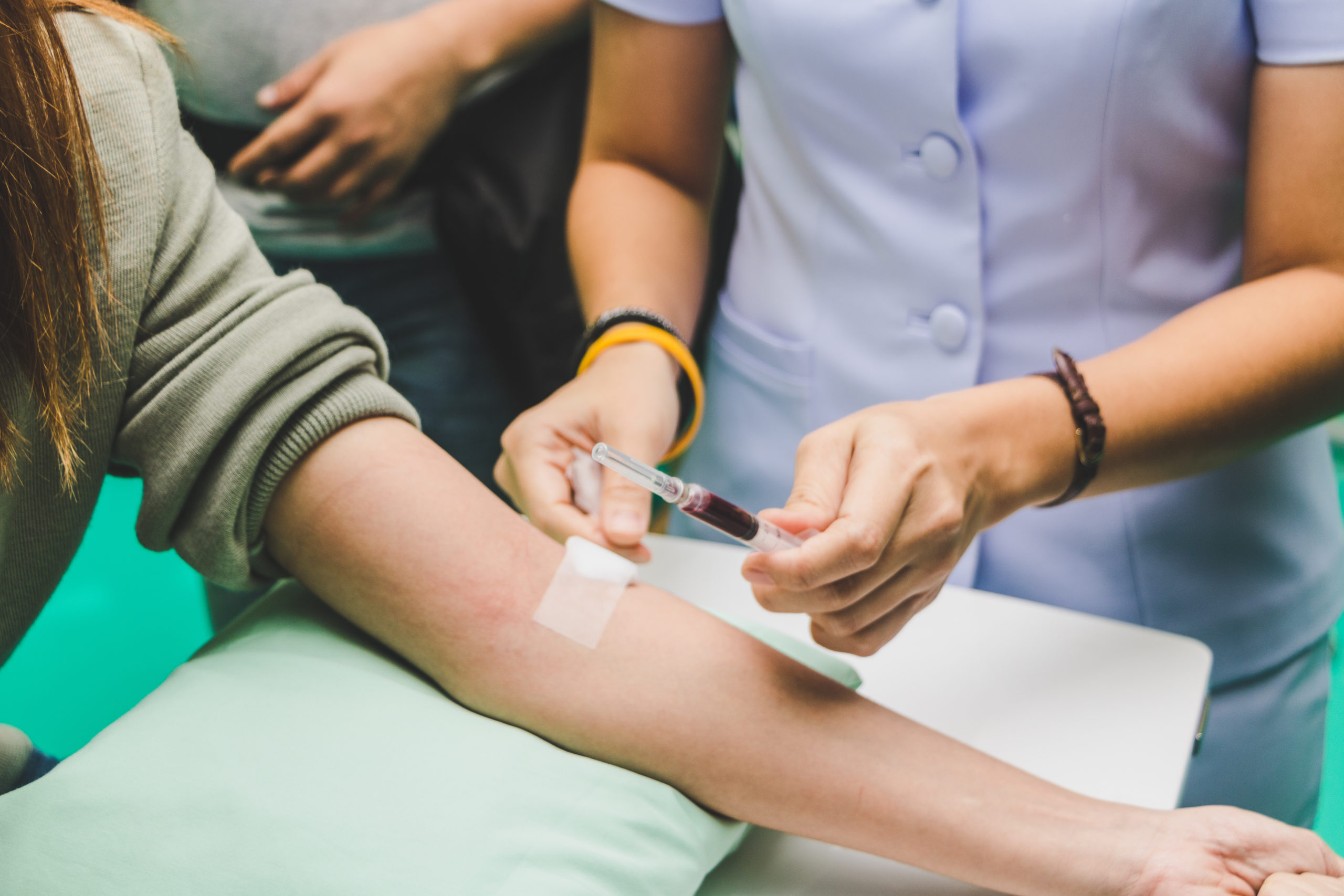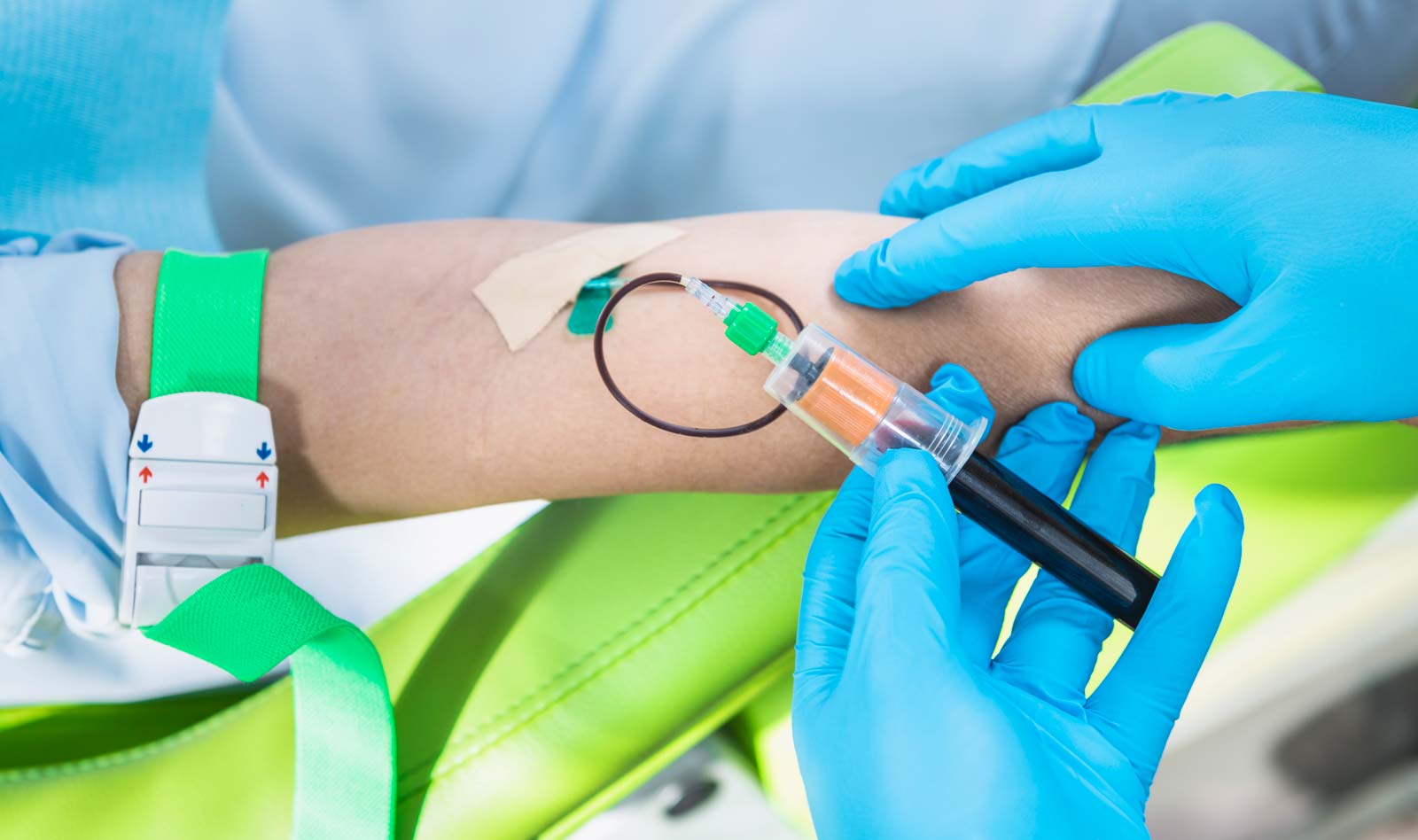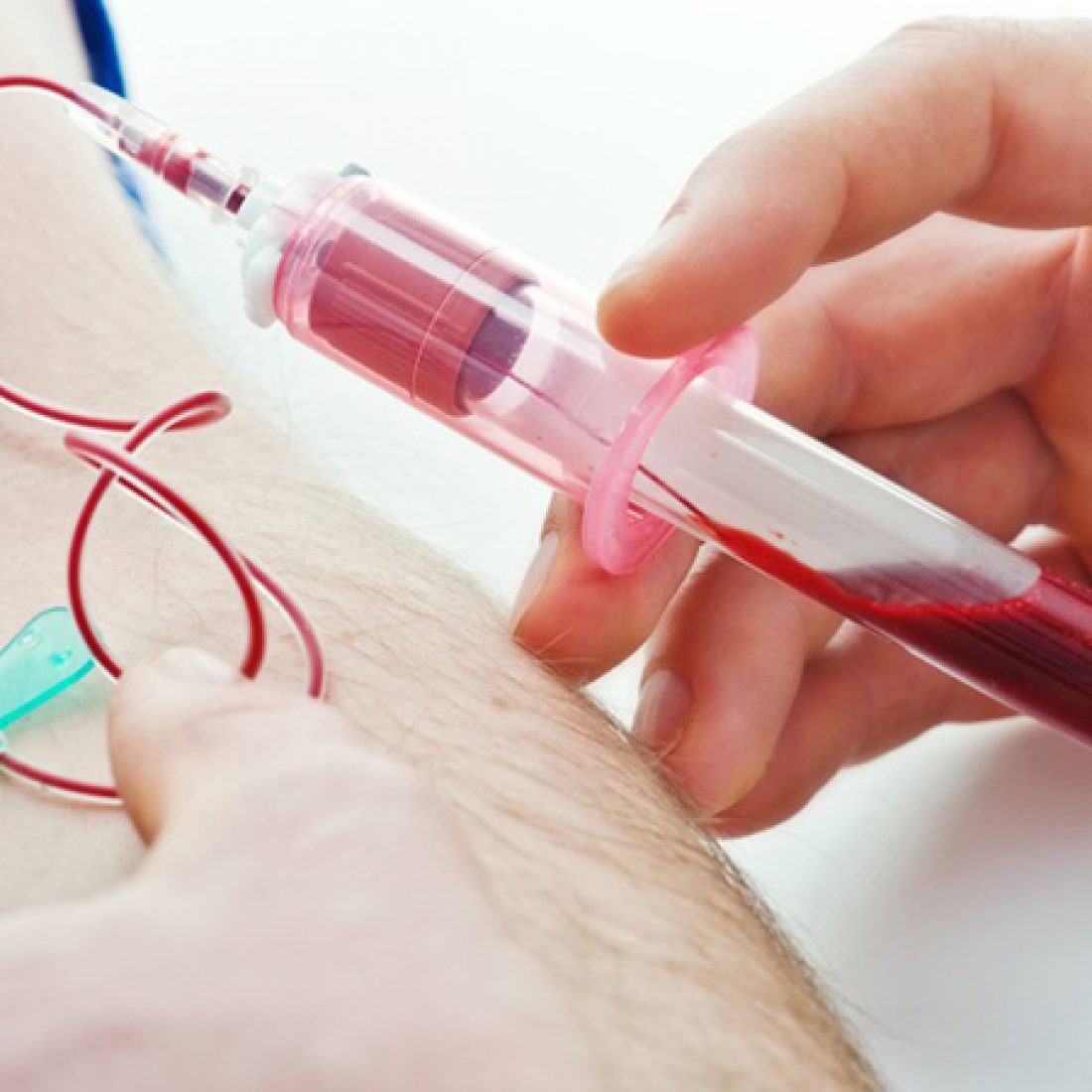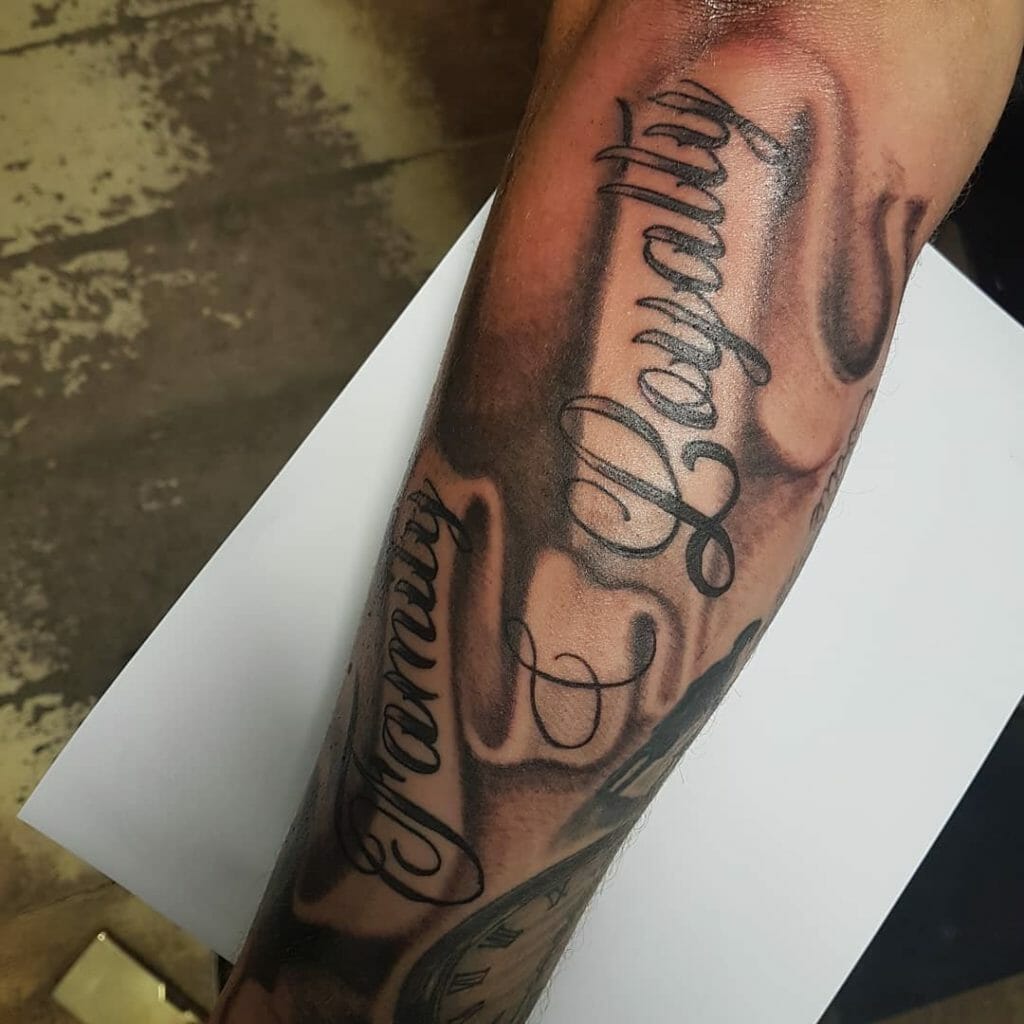Blood draw vein labs collection nurse patient effective safe lab work cuff tools
Table of Contents
Table of Contents
Are you looking to learn how to draw blood? Drawing blood can seem daunting, especially if you’ve never done it before. However, it is a necessary skill for many medical professionals and can be done safely and effectively with proper training and technique.
Pain Points
One of the biggest concerns when it comes to drawing blood is the potential for pain and discomfort. Nobody wants to experience unnecessary pain, and the thought of a needle piercing their skin can be anxiety-inducing for many people.
How to Draw Blood
To begin, make sure you have all the necessary supplies, including gloves, alcohol wipes, the appropriate needle and tubing, and a sterile container for the blood sample. Before starting, explain the process to the patient and answer any questions they may have to help ease their anxiety.
Start by cleansing the area where the needle will be inserted with an alcohol wipe. Using your non-dominant hand, locate the vein you will be drawing from and apply light pressure to help it stand out. Insert the needle at a shallow angle, and once you have a good flow of blood, adjust the angle slightly to ensure proper placement. Once you have drawn the necessary amount of blood, remove the needle and apply pressure to the area with a sterile gauze or bandage.
Summary
In summary, drawing blood can be a straightforward process with proper training and technique. Start by gathering all necessary supplies, explaining the process to the patient, cleansing the area, and carefully inserting the needle. Once you have drawn the blood, remove the needle and apply pressure to the area to prevent bleeding.
How to Draw Blood: My Personal Experience
As a medical professional, I have performed countless blood draws. I remember being nervous the first few times, but with practice and experience, it has become second nature to me. One thing I always make sure to do is to communicate with the patient throughout the process, explaining each step, and answering any questions to help ease their worries.
I find that the most critical part of a successful blood draw is properly locating the vein. This can sometimes take a bit of patience and skill, but with a little practice and a gentle touch, it becomes easier over time.
Tips for a Successful Blood Draw
Here are a few additional tips to help ensure a successful blood draw:
- Keep the patient hydrated leading up to the blood draw to help plump up their veins
- Use a small gauge needle to minimize pain and discomfort
- Make sure to apply pressure to the area after removing the needle to prevent bleeding and bruising
Complications to Watch Out For
While most blood draws go smoothly, there are a few things to watch out for to ensure the patient’s safety. These include:
- Bleeding that doesn’t stop or resumes after stopping
- Excessive bruising or swelling
- Signs of infection, such as redness, warmth, or swelling on or near the puncture site
Question and Answer
Here are some commonly asked questions about how to draw blood:
Q: How do I properly dispose of used needles?
A: Used needles should be placed in a puncture-resistant container labeled for medical waste and disposed of according to local regulations.
Q: Can I draw blood from any vein?
A: No, some veins are too small, while others are located too deep to be safely accessed with a needle. Medical professionals are trained to know which veins are best for blood draws.
Q: How long should I apply pressure after the needle is removed?
A: Pressure should be applied for several minutes to prevent bleeding and bruising.
Q: What should I do if a patient faints during a blood draw?
A: Stop the blood draw immediately, have the patient lie down, and elevate their legs to help increase blood flow to their brain.
Conclusion of How to Draw Blood
Drawing blood can be an anxiety-inducing experience for both the medical professional and the patient. However, with proper technique and training, it can be done safely and effectively with minimal pain and discomfort. Remember to communicate with your patient, properly locate the vein, and follow proper safety procedures to ensure a successful blood draw.
Gallery
Safe And Effective Blood Draw - YouTube

Photo Credit by: bing.com / blood draw vein labs collection nurse patient effective safe lab work cuff tools
Blood Draw - Renewed Vitality

Photo Credit by: bing.com /
Forced Blood Draw: What You Need To Know | Ktenas Law

Photo Credit by: bing.com / blood draw procedure forced need law
Blood Draw Tuesday – Geoff Fox: My Permanent Record

Photo Credit by: bing.com / geofffox
Warrantless Blood Draw Under Consideration At The Idaho Supreme Court

Photo Credit by: bing.com / blood draw idaho consideration warrantless supreme court under geoffrey talmon





